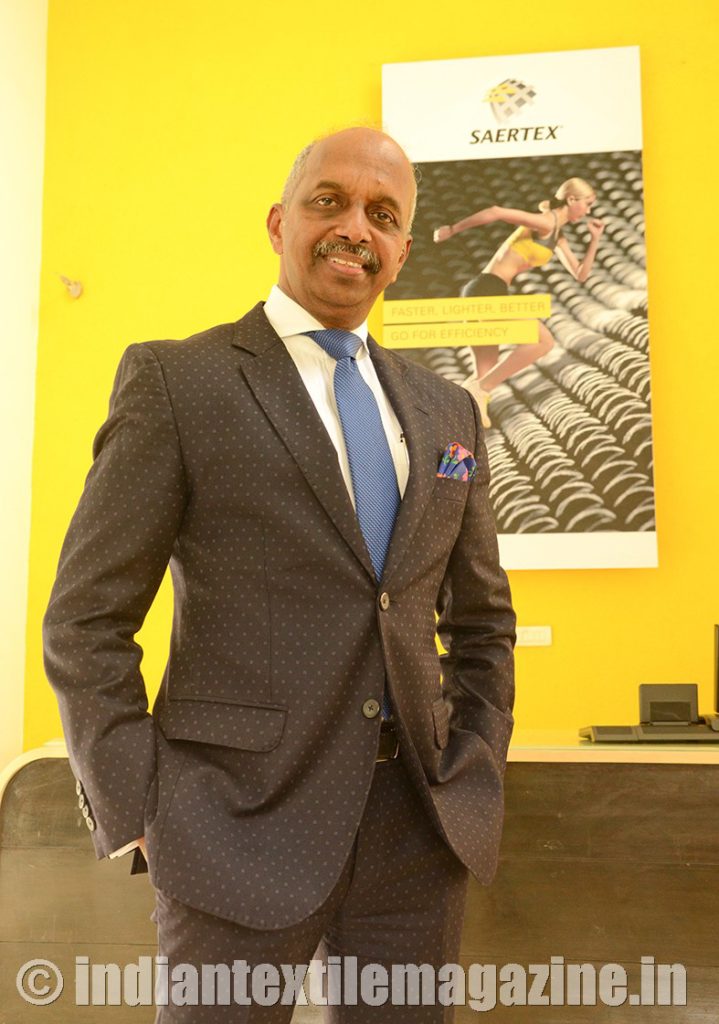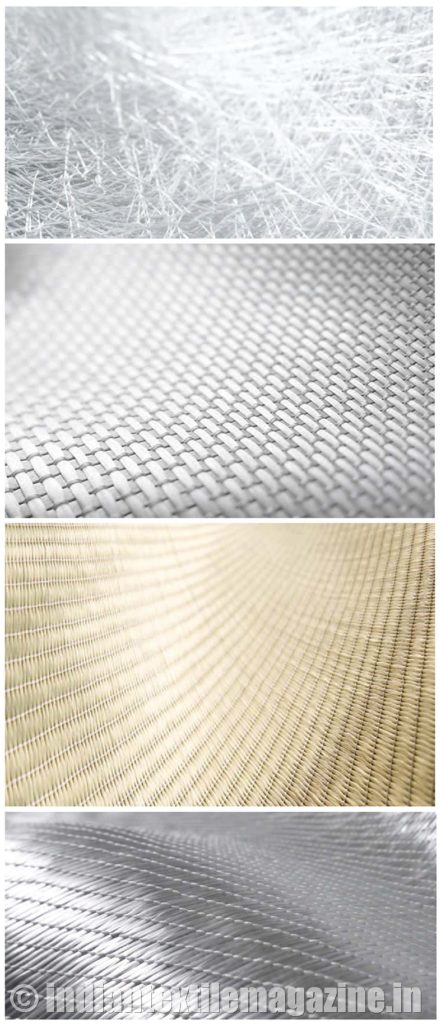New discoveries and technological advancements bring changes that reshape our perception of the modern world. One such technology that has the capability to bring revolution in the industry is carbon fiber. The material’s applications are varied and can be used for different industries, from textiles to automobiles. It is 10 times stronger and five times lighter than steel, and is capable of being a better replacement for most of the alloy-based applications.

Saertex India is the pioneer that has brought this technology to India, and has been working on its several applications to change the world as we see it. The company, established in 1982 in Germany, emerged as a globally acknowledged enterprise, solo, to make glass, carbon fiber and aramid under one roof.
The company is one of the most versatile players in the technical textile industry, producing more than 5,000 different styles of fabrics, including hybrid fabrics. The core material that the company produces is a specialized one, which is rare in glass fiber manufacturing companies. The company is in the glass fiber reinforcement field and has capacity to produce 1,40,000 metric tons per year which is mainly used in the windmill industry, in the design stage of blades to make windmills lightweight.
Saertex works will almost all the companies associated with harnessing wind energy so as to innovate their machines to make them stronger and sustainable. The glass fiber reinforcement has the capacity to reduce 65% of the weight of blades. Currently the bigger, 6 megawatt blades are reinforced with carbon fibers, which, although a little more expensive, reduces the weight considerably and provides much more strength.
The company is tier one supplier of the Airburst 350 and 380 programs, where a bulk head and fuse lage and flap track very critical structural parts which are being manufactured using carbon. In fact, almost 70% of the 380 technology is carbon fiber.
The carbon fiber material opens up possibilities for safer and much more sustainable machinery parts, safer travel, and more energy production, and alongside it offers a huge market potential for the companies to grow further. For instance, the BMW I series cars are 100% carbon fiber based as this material not only can sustain high speed and damage but has a superior finish and appealing aesthetics which makes it almost unbeatable in terms of innovation and application potential.
Saertex offers the entire gamut of carbon fiber products with a major focus on the composite side. It has developed technology to harness the latent potential in carbon fiber and is constantly making progress in this area.
Dr. P.K.C. Bose, Vice Chairman & Managing Director of Saertex, acknowledging the market demand from the carbon fiber material, said: “We know that the challenge of composite material is survival in extreme conditions, and the material fulfills what is expected of It. The biggest difference between woven and glass is that the glass fiber is straight and not bent. This helps it retain the strength that bent fibers lose.
One of the best applications of this material is electric vehicles. As the weight is drastically reduced by the use of carbon fiber the electronic battery can pull the vehicle much farther compared to iron or steel that is presently used.
Further, Saertex built advanced glass fiber body buses for Ashok Leyland. Although the current application of the materials is restricted, Dr. Bose believes that opportunities will open up soon. Just changing the body of vehicles with glass/carbon fiber can reduce the burden on the environment drastically, and the vehicle becomes fuel efficient with carbon emission reduction, and higher payload increase.
With wind energy being the biggest consumer of glass fiber, several prospects arise when the future of both the industries is considered. With the Government stressing the importance of renewable energy the carbon fiber industry will receive a big boost.
Dr. Bose, sharing his optimism on this growth, said: “Wind energy has to grow because it has no constraint. In the previous years the cost was high, but now all the factors are favorable.” The Government has reduced the cost of wind energy from Rs. 5 per kilowatt hour to Rs. 2.5.
Saertex predicts that the market requirement for glass fiber composite will increase to 4,50,000 metric tons in the coming years as the wind industry is growing fast in India. To provide for this enormous demand, the company is fully geared up and is making investments for expanding production. The current plant produces around 12-15 thousand tons per year, while not running at full capacity.
The company’s R&D team, based in Germany, is constantly engaged in innovation and technological advancement in carbon fibers and hybrid fibers. It is also working to make the inside of rail coaches out of glass fiber, which will make it fire retardant and safer during crashes. This technology can save lives by its strength and can make travel faster.
Saertex has applied this technology in the European vehicles and has the capability to bring this revolution in India. Moreover, the company offers five times higher component rigidity at equal weight.
According to Dr. Bose, looking at the current economic and business scenario in India, three very interesting areas that expect boom in the coming years are the railways, which are working very aggressively to make it better and safer for passengers, the infrastructure industry, which is growing very fast, and the Defence sector which is undergoing a lot of changes to ensure personal safety and security.
Saertex has worked out plans, and discussions are on with different parties to build railway stations with high-end materials, which will have a comparatively higher cost but will come with numerous advantages, one of which being minimum maintenance cost. New shelters are expected to be built for soldiers protecting the Siachen glacier borders. These domes would be able to sustain 65 tons of snow deposit at a time.
With the new innovations and applications for carbon fiber coming up as well as the expected boom in the wind industry, Saertex plans to expand even further. Dr. Bose and his team are prepared to take on any challenge posed by the market.
As a global leader in advanced composite consisting of glass, carbon and aramid, Saertex has 14 manufacturing plants and has operations in over 50 countries in the world. The group is still expanding at the global level and its major focus is on India.
“India would be the future for us as we see a huge opportunity, specially the Government’s focus on wind and solar energy, EV introduction and infra developments. If all these areas are considered carefully, an annual business growth of over 20% for advanced composite or technical textiles in India is possible”, Dr. Bose concluded.
